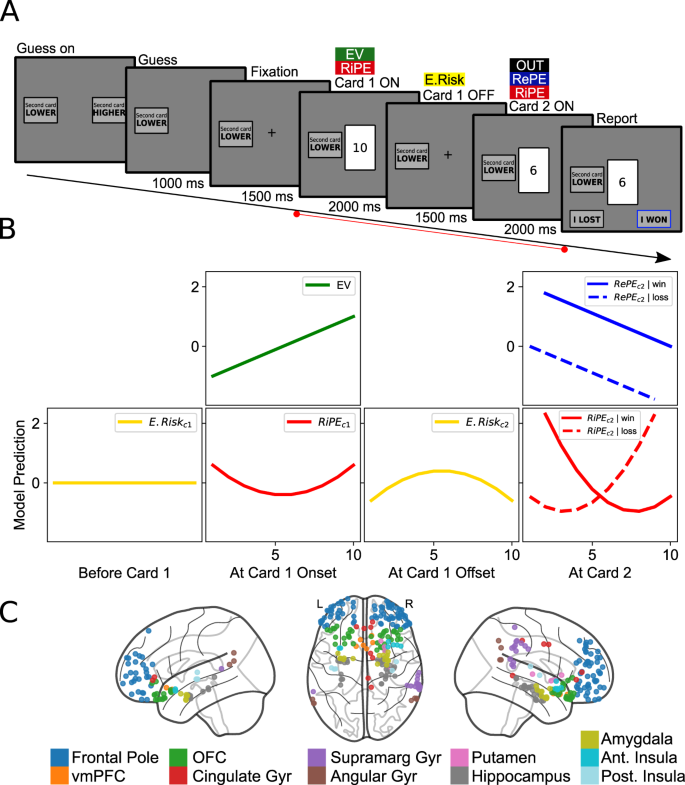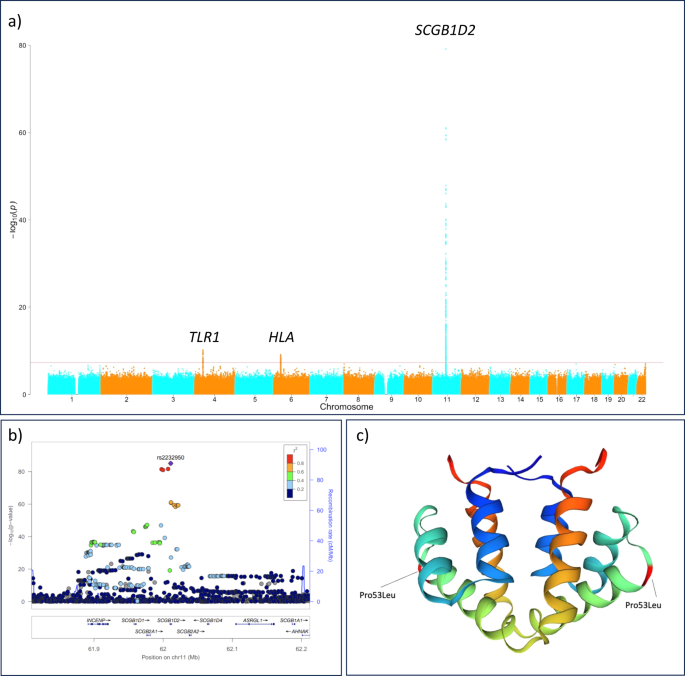2024-03-19 バーミンガム大学
<関連情報>
- https://www.birmingham.ac.uk/news/2024/swallowable-sensors-could-pinpoint-gut-movement-problems-for-patients
- https://www.cell.com/device/fulltext/S2666-9986(24)00117-0
PressureCap: リアルタイム胃腸内圧モニタリング用内視鏡センサーカプセル PressureCap: An endoscopic sensor capsule for real-time gastrointestinal pressure monitoring
Vasileios Mitrakos,Gerard Cummins,Falk J. Tauber,…,Thomas Speck,Philip J.W. Hands,Marc P.Y. Desmulliez
Device Published:March 19, 2024
DOI:https://doi.org/10.1016/j.device.2024.100325
Highlights
•Development of an ingestible pill for monitoring gastrointestinal motility
•The pill can measure contractile and intraluminal pressure
•Measurement is done with an array of wireless pressure sensors fixed on the pill
•The pill has captured motility events in vivo
The bigger picture
Gastrointestinal (GI) motility refers to the movement of the digestive system and the transit of its contents, such as food and waste. This movement is crucial for digesting food, absorbing nutrients, and expelling waste. Many dysfunctions of the GI tract are often associated with atypical motility. These are usually clinically diagnosed by measuring the change in pressure within the GI tract by manometry, which involves inserting a pressure-sensing tube into the body. Various pressure-sensing ingestible capsules have recently been developed, but often use a limited number of sensors, which constrains the quality of information gathered on motility. In this work, we report on the development and characterization of an ingestible device that contains an array of wireless, flexible pressure sensors on the surface of the capsule that can capture greater detail about motility.
Summary
Functional gastrointestinal (GI) disease associated with abnormal GI motility has an adverse impact on the quality of life of those affected. High-resolution manometry has improved the diagnosis of these conditions, enabling motility measurement, but these tools are limited in that they cannot access the entire length of the GI tract. Other solutions, such as the SmartPill ingestible motility capsule, only measure the transit times between the regions of the GI tract and provide information on the luminal component of GI pressure. Measuring both luminal and contractile pressure caused by peristalsis would improve the diagnosis of abnormal motility. Here, we report an ingestible capsule encapsulated with a flexible pressure sensor array. The capsule can detect changes in both contractile and luminal GI pressure in an in vitro peristaltic tissue phantom and in porcine animal models. These findings promise high-resolution, sensitive, multisite pressure measurements currently not possible with other ingestible motility capsules.
Graphical abstract



